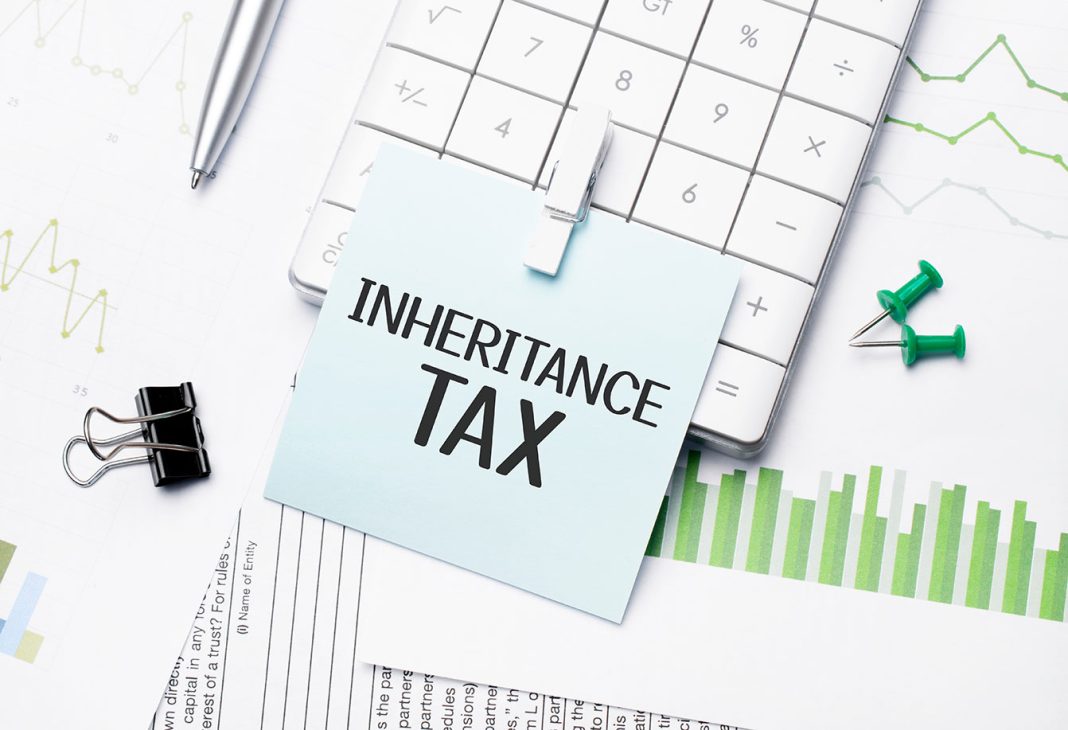 Record-high inheritance tax liabilities in the UK have been driven by a combination of factors, including the impact of COVID-19, asset price inflation, and the government’s freeze on tax thresholds, according to HM Revenue and Customs (HMRC). Official data shows that in the year 2021-2022, 4.39% of UK deaths resulted in an inheritance tax charge, a 0.66% increase from the previous year. During the same period, the total amount of inheritance tax payable reached £5.99 billion, a 4% increase from the previous year and a significant 26% jump from a decade ago.
Record-high inheritance tax liabilities in the UK have been driven by a combination of factors, including the impact of COVID-19, asset price inflation, and the government’s freeze on tax thresholds, according to HM Revenue and Customs (HMRC). Official data shows that in the year 2021-2022, 4.39% of UK deaths resulted in an inheritance tax charge, a 0.66% increase from the previous year. During the same period, the total amount of inheritance tax payable reached £5.99 billion, a 4% increase from the previous year and a significant 26% jump from a decade ago.
The increase in inheritance tax liabilities can be attributed to several factors. Firstly, the COVID-19 pandemic has led to a higher volume of wealth transfers following deaths that were caused, at least in part, by the virus. This has contributed to the rise in inheritance tax charges. Additionally, the recent surge in asset values has also played a role. As asset prices have increased, the value of estates subject to inheritance tax has risen accordingly.
Furthermore, the government’s decision to freeze inheritance tax thresholds has had a significant impact. Inheritance tax is currently paid at a rate of 40% on the value of estates above a threshold of £325,000, which has remained unchanged since 2009. The freeze on these thresholds means that more individuals are now liable to pay inheritance tax, as the value of their estates surpasses the threshold due to asset price inflation.
It is worth noting that there are additional allowances for transferring family homes to younger generations, which may provide some relief for families facing inheritance tax liabilities. However, the overall trend suggests that inheritance tax liabilities are on the rise.
According to figures published by the Office for Budget Responsibility (OBR) in March, inheritance tax paid in 2021-2022 reached £6.06 billion, breaking the previous record. The OBR forecasts that this figure could reach £9.73 billion per year within the next five years. However, these forecasts were made before the new Labour government announced changes to the non-domicile tax regime that will also impact inheritance tax. The OBR has stated that it will include the effects of these changes in its future forecasts.
In a policy paper published recently, the Treasury announced that inheritance tax will change from the current domicile-based system to a residence-based system from April 6, 2025. Under the new system, inheritance tax will be chargeable if an individual has been a resident in the UK for 10 years prior to the tax year. These changes are expected to generate additional revenue for the government.
While the Institute for Fiscal Studies has estimated that making certain inheritance tax allowances less generous could raise £2.7 billion, past governments have been hesitant to implement major reforms to inheritance tax. Chancellor Rachel Reeves has not provided clear answers regarding potential changes to inheritance tax, as well as pension reform and capital gains tax hikes. However, she has acknowledged the need to make difficult decisions across spending, welfare, and tax in her upcoming budget.
In conclusion, record-high inheritance tax liabilities in the UK can be attributed to a combination of factors, including the impact of COVID-19, asset price inflation, and the government’s freeze on tax thresholds. The recent data highlights the need for potential reforms to address the rising burden of inheritance tax. As the government considers changes to the tax system, it will be crucial to strike a balance between generating revenue and ensuring fairness for individuals and families.


